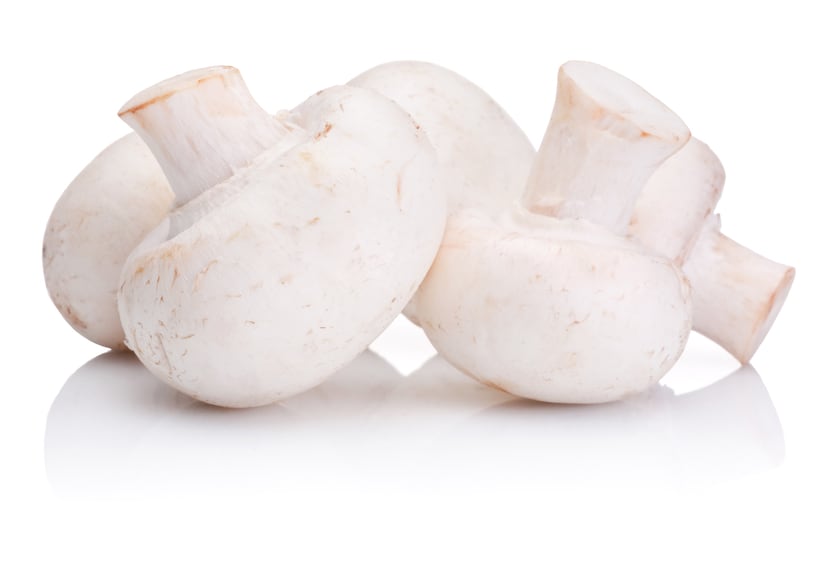Findings from a mice study point to white button (WB) mushroom’s (Agaricus bisporus) prebiotic effects on both host and bacterial metabolism as the research team noted increased numbers of Bacteroidetes phyla, which are thought to be a rich source of propionate and succinate.
“The microbially derived propionate and succinate was associated with increased intestinal gluconeogenesis (IGN) and increased expression of genes important in the gut-brain axis linked to satiety and hepatic glucose output,” the study added.
“The data suggest that daily consumption of the equivalent of one serving of WB mushrooms per day could be a simple way to improve diet quality and the microbiota that would improve metabolic fitness and the development of diabetes.”
Previous research has shown these short chain fatty acids to be capable of changing expression of genes that manage glucose production, which has implications for diabetes, as well as other metabolic diseases.
The mushroom’s fibre content, compounds such as β-glucans, ergothioneine (ERGO) and vitamin D2, riboflavin, niacin, pantothenic acid, copper, and selenium have been touted as bioactivity sources that contribute to its protective effects.
Study details
Reporting their findings in the Journal of Functional Foods, lead author Dr Margherita Cantorna used two types of mice in the study.
One group of mice had a gut microbiome population (conventional (CV)); the other group did not and were germ-free.
The team fed the mice a daily serving size of the mushrooms. For humans, a daily serving size would be about 85g.
Results showed distinct changes in the composition of microbiota in CV mice that saw increased numbers of the bacteria Prevotella that produce propionate and succinate.
These acids can modify gene expression that are core to the pathway between the brain and gut helping to manage glucose production.
“WB feeding resulted in induction of cecal propionate and succinate by microbial fermentation of mannitol in WB mushroom,” the study said.
“The higher levels of cecal succinate and propionate corresponded to the disappearance of mannitol in the WB-fed CV mice, suggesting that bacterial fermentation of mannitol was the likely source of increased short-chain fatty acids (SCFAs).”
The study also highlighted ta number of microbial effects of WB feeding including increases in Lactobacilli that have been shown to increase antioxidative molecules.
The bacterial communities from the WB fed CV mice were also thought to contain genes important in purine and pyrimidine metabolism, amino acid metabolism, glycan degradation, and carbohydrate metabolism.
"It's pretty clear that almost any change you make to the diet, changes the microbiota," said Dr Cantorna.
Future study direction
Dr Cantorna added that the study was done with lean mice, but they are interested in what the reaction would be in obese mice. Eventually, the team would like to see how this works in obese mice and, eventually, in humans, she added.
The findings were offset by the study’s limitations, in which the team acknowledged that the effects were only tested using raw mushrooms.
“Cooking could alter the bioactive components in mushrooms,” the study suggested
“However, the fermentation of mannitol and fibre by the microbiota within the mushrooms should not be affected by cooking,” the team added.
“Therefore, the main effects of the WB feeding demonstrated here that include induction of succinate and propionate and the down-stream effects of the WB feeding on IGN should not be affected by cooking.”
The use of mice as a model was also considered a limitation that may not accurately predict the effects of WB feeding in humans.
However, mice and, in particular, gnotobiotic mice have been useful to understand the mechanisms by which diet mediated changes in the microbiota participate in glucose homeostasis.
Source: Journal of Functional Foods
Published online ahead of print: doi.org/10.1016/j.jff.2018.04.008
“Prebiotic effects of white button mushroom (Agaricus bisporus) feeding on succinate and intestinal gluconeogenesis in C57BL/6 mice.”
Authors: Margherita Cantorna et al.

